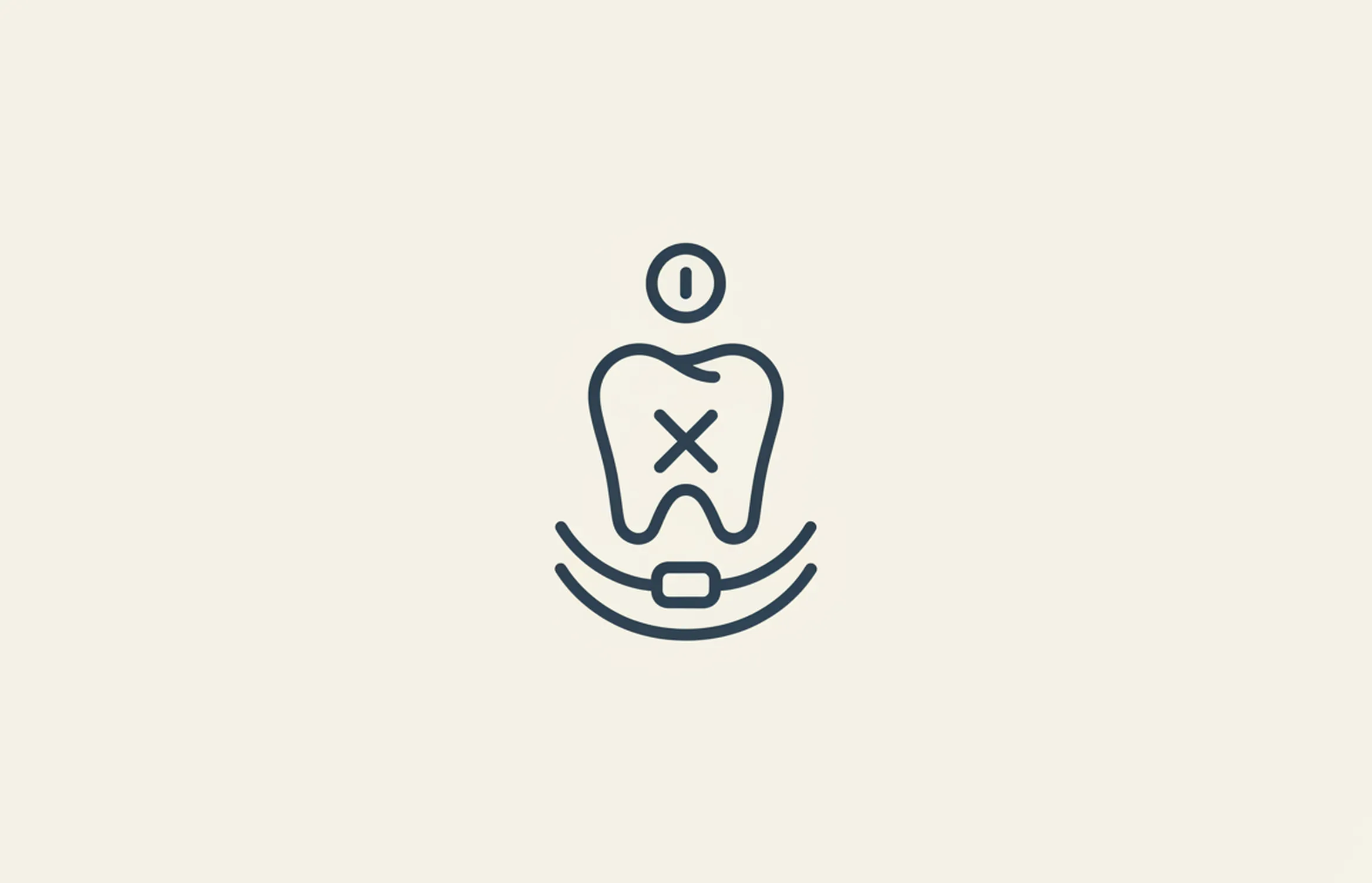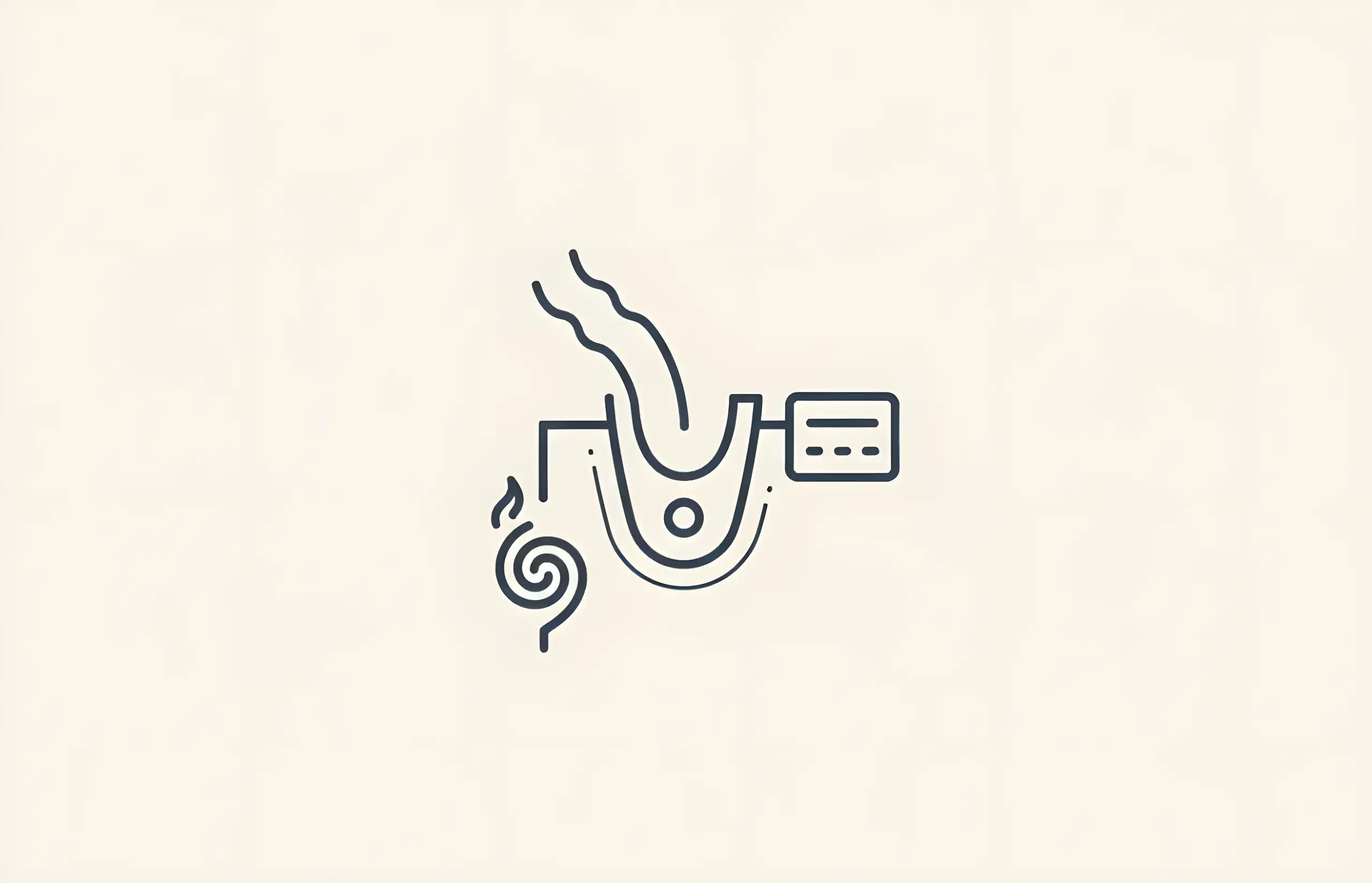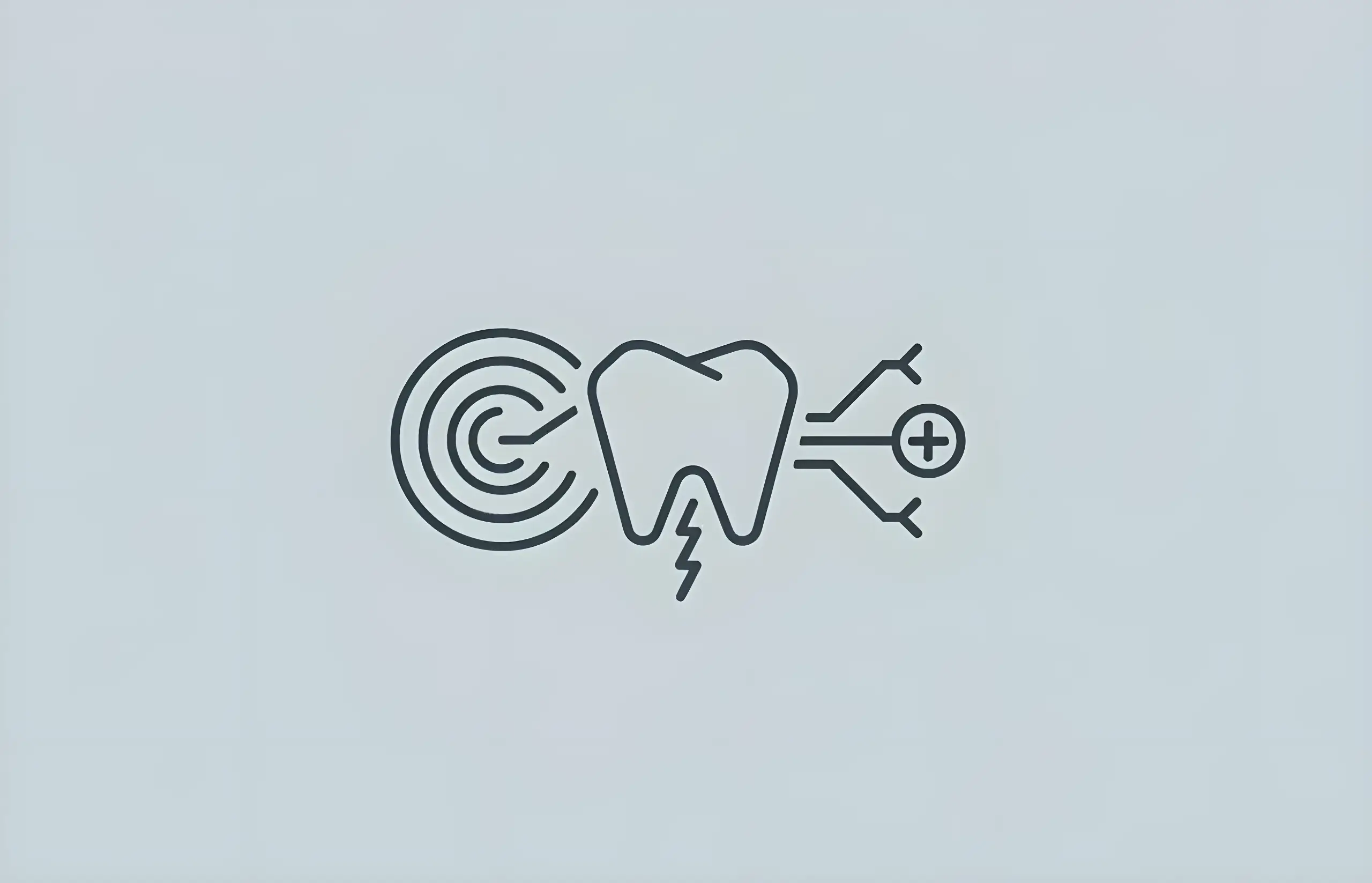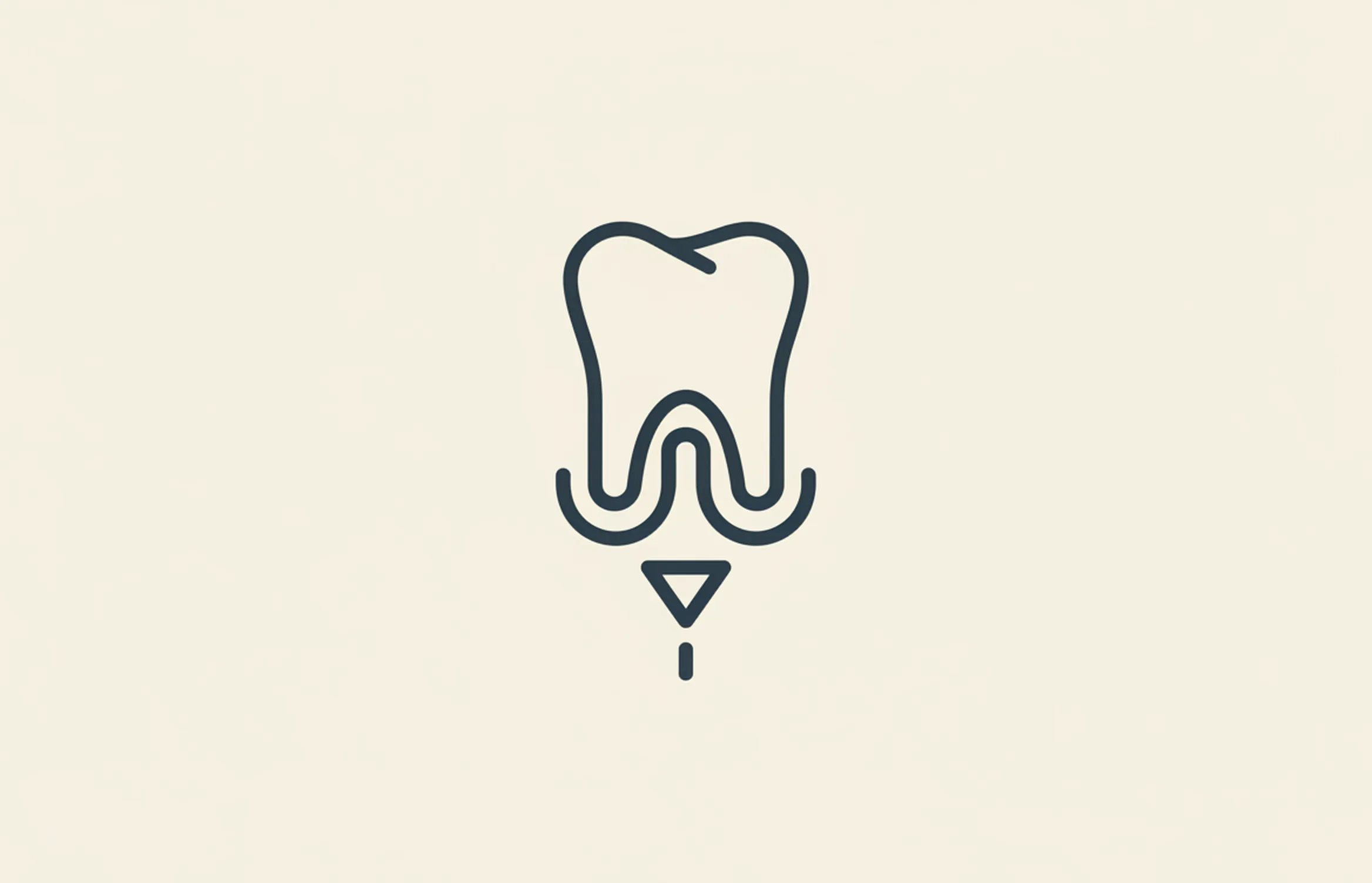Tooth abscesses occur when bacteria reach the pulp of the tooth. This usually happens when the tooth itself is decaying or broken.
The inside of the tooth starts filling up with pus and causes pain in the tooth. You experience a throbbing pain which is very different from the regular kind of toothache.
You will need to see a dentist to clear the infection in the tooth, but there are several things you can do at home to drain the abscess and get relief from the pain.
If you are at a place where you do not have access to a dentist, these methods will help with the pain and abate the symptoms till you can get access to a dentist.
Draining a Tooth Abscess at Home
Here are a few home remedies for dealing with a tooth abscess. Remember that these are only temporary measures to help deal with the pain and you will need to see a dentist to treat the infection in your tooth.
Rinsing with Saltwater
This is a very simple and inexpensive way to drain your tooth abscess. Take half a teaspoon of salt and mix it with half a cup of warm water. Take a sip and swish it around your mouth for a couple of minutes.
Spit the water out and repeat the process at least thrice a day. It provides relief from pain and also helps keep your gums clean and healthy.
Rinsing with Baking Soda
Baking soda has antibacterial properties and is believed to remove plaque buildup from your teeth. It is readily available in most homes, so it is an affordable and convenient home remedy for tooth abscesses.
Mix half a tablespoon of baking soda with half a cup of water. You can also add a pinch of salt to make the mixture more effective.
Take a sip and swish it around your mouth for 5 minutes. Keep doing this until you use up all the mixture. You can do this a couple of times every day.
Clove Oil
Cloves have been used for treating toothaches for hundreds of years. It is believed to possess antibacterial properties and is anti-inflammatory, which makes it very soothing to the teeth.
If you have diluted clove oil, put a few drops of it on a cotton ball and gently dab it at the affected area. If you have clove essential oil, you need to dilute it with a carrier oil before you can apply it to the teeth.
Mixing a few drops in water and using it as a mouthwash can also help relieve the pain from the abscess.
Fenugreek Tea
Fenugreek possesses antibacterial properties and has long been used to treat minor wounds and help with inflammation. Most Asian households use it as a spice and you can easily find it at your local supermarket.
Take 1 cup of water and start heating it. Add a teaspoon of powdered fenugreek and stir. After it has cooled down, dip a cotton ball in the mixture and apply it to the abscessed tooth.
Oil Pulling
Oil pulling is a traditional method of treating oral problems. Some studies suggest that it has significant medical benefits, but we need more research to confirm its efficacy as an oral treatment.
You can use coconut, sesame or olive oil for oil pulling. Take a tablespoon of any of these oils and swish it around your mouth, especially the teeth. You can do this for up to 20 minutes.
Spit it out into the trash. It is best to do this first thing in the morning on an empty stomach.
What to Avoid: Alcohol
It is equally important to know what to avoid when you have a tooth abscess. A lot of people use alcohol to relieve the pain of a tooth abscess. It is dabbed onto the affected area with cotton.
It can make the area numb for a short while which will give you relief from the pain but it doesn't do anything to treat or drain the abscess. Also, you need a very large amount of alcohol to numb the area and it is very risky to use alcohol for pain management.
The Bottom Line
You can use any of these remedies to relieve the pain caused by the tooth abscess. What works best differs from person to person, so you can try all of them to see what is most effective for you.
See your dentist as soon as possible. All these methods will only provide temporary relief and you will need medical attention to stop the infection before it spreads to other teeth.
Sources and References
-
[1]
Rinsing with Saline Promotes Human Gingival Fibroblast Wound Healing In VitroPLOS ONEhttps://ncbi.nlm.nih.gov/pmc/articles/PMC4956236
-
[2]
The efficacy of baking soda dentifrice in controlling plaque and gingivitis: A systematic reviewJournal of the American Dental Associationhttps://pmc.ncbi.nlm.nih.gov/articles/PMC6850485/
-
[3]
Eugenol (Clove Oil)LiverTox: Clinical and Research Information on Drug-Induced Liver Injuryhttps://www.ncbi.nlm.nih.gov/books/NBK551727/
-
[4]
Preparation and Evaluation of Antimicrobial Property and Anti-inflammatory Activity of Fenugreek Gel Against Oral Microbes: An Invitro StudyCureushttps://pmc.ncbi.nlm.nih.gov/articles/PMC10669659/
-
[5]
The effect of oil pulling with coconut oil to improve dental hygiene and oral health: A systematic reviewHeliyonhttps://pmc.ncbi.nlm.nih.gov/articles/PMC7475120/
All sources accessed and verified on . Medical information reviewed for accuracy and compliance with current guidelines.
Related Articles

Can Temporary Veneers Cause Pain?
Complete guide to temporary veneers including why they may cause discomfort, the procedure involved, preventive measures, and what to eat while wearing them

How Long Does It Take for Clindamycin to Work on Tooth Infection?
Comprehensive guide to clindamycin for tooth infections including effectiveness timeline, dosage, treatment duration, side effects, safety concerns, and antibiotic resistance considerations

How to Stop Sensitive Teeth Pain Immediately
Comprehensive guide to understanding tooth sensitivity causes and effective home remedies to relieve pain quickly

Common Causes of Throbbing Jaw Pain after a Tooth Extraction
Understanding post-extraction complications including dry socket, dental infections, osteomyelitis, osteonecrosis, sinus perforation, and effective home remedies for jaw pain management

Wisdom Tooth Infection: Causes, Symptoms & Treatment
Comprehensive guide to wisdom tooth infections including impaction, cavities, and post-extraction complications, with detailed symptoms and evidence-based treatment options
About The Dental Guide
The Dental Guide is a trusted online resource providing evidence-based information about dental health, treatments, and procedures. Our content is created and reviewed by qualified dental professionals to help you make informed decisions about your oral health.
Our Mission
- Evidence-based dental information
- Expert-reviewed content
- Clear, accessible explanations
- Latest treatment options
- Patient-focused guidance
Editorial Standards
- GDC-registered dental professionals
- Peer-reviewed sources
- Regular content updates
- Medical accuracy verification
- Transparent authorship
Important Notice
The information on The Dental Guide is for educational purposes only and should not replace professional dental advice. Always consult with a qualified dentist for diagnosis and treatment recommendations tailored to your individual needs and circumstances.
Medically Reviewed
Reviewed by Dr. Nasim Mechoui , BDS (Bristol)
Share this article
Comments & Discussion
Have questions about dental implants? Share your thoughts or experiences.
